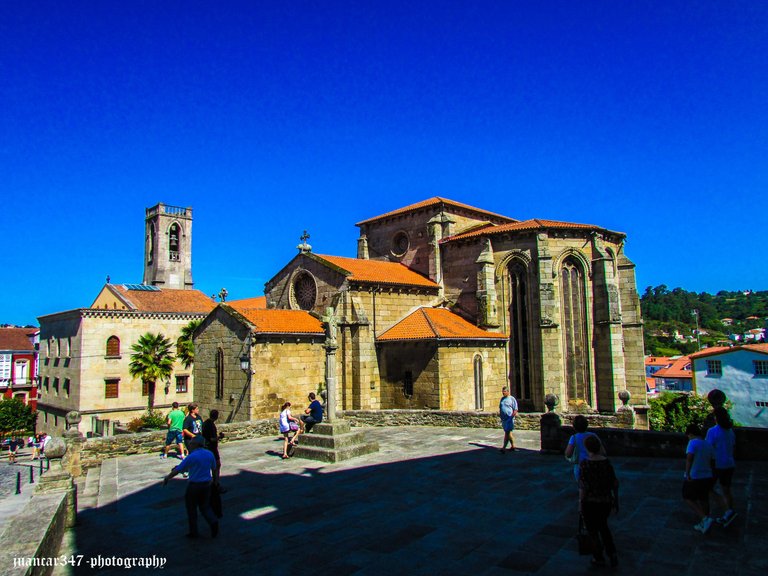
An old stone transept, the same one in which the unscathed members of that hermetic Brotherhood of Toledo, formed, among others, by Luis Buñuel, Salvador Dalí and Federico García Lorca, were happily photographed, shortly before the cruel events of the Civil War bled Spain, it still serves, after centuries, as a border between two of the most outstanding Gothic architectures in Galicia: that of Saint Francis and that of Saint Mary of the Azogue, the latter being an Arabic term, which means Market and summarizes, therefore, the place destined for such tasks in the medieval period of this beautiful A Coruña town of Betanzos.
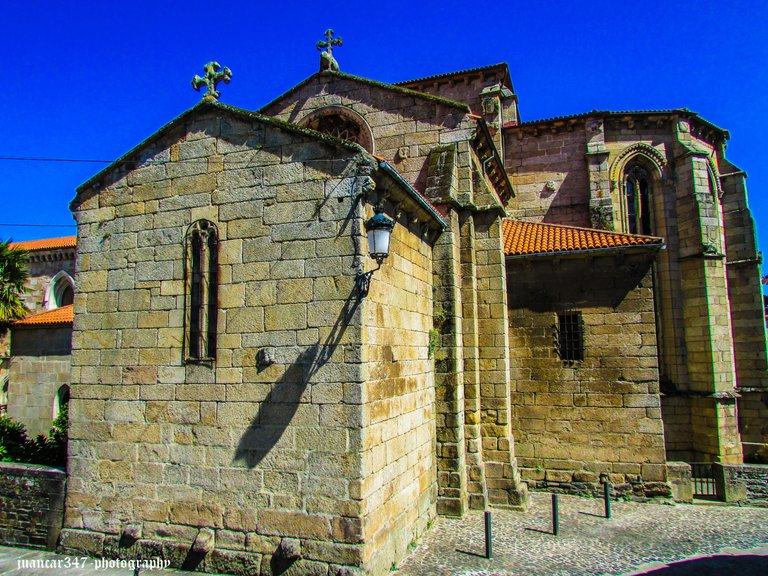
That of Saint Francis, on the other hand, stands in the place where the Knights Templar had a small church, belonging to this Betanzos encomienda that they exchanged in the year 1255 with King Alfonso X the Wise, in exchange for other possessions in the Zamora lands of Alcañiz and Aliste. Despite the fact that they reused many of the materials and sculptures of the old Templar church and the disappearance of a curious chapel, that of the Fifth Anguish, which housed the elaborate tombs of the Brigantine nobility, we have, in this temple of Saint Francis, one of the most spectacular examples of Franciscan architecture in Spain and that style, the Gothic, in which, always according to Goethe's vision, medieval stonemasons looked for God in the heights.
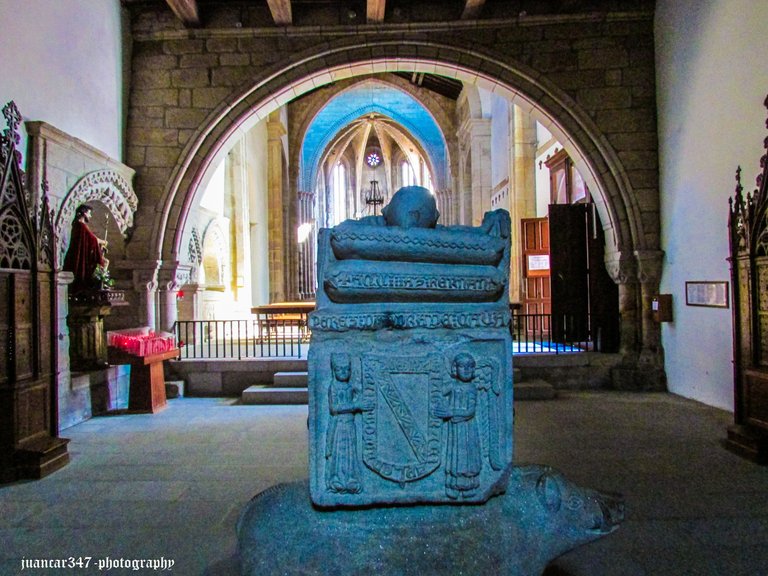
Un viejo crucero de piedra, el mismo en el que se fotografiaron felices los incólumes miembros de aquella hermética Cofradía de Toledo, formada, entre otros, por Luis Buñuel, Salvador Dalí y Federico García Lorca, poco tiempo antes de que los crueles acontecimientos de la Guerra Civil desangraran España, sirve todavía, al cabo de los siglos, de frontera entre dos de las arquitecturas góticas más sobresalientes de Galicia: la de San Francisco y la de Santa María del Azogue, término árabe éste último, que significa Mercado y resume, por tanto, el lugar destinado a tales menesteres en el período medieval de esta hermosa villa coruñesa de Betanzos.
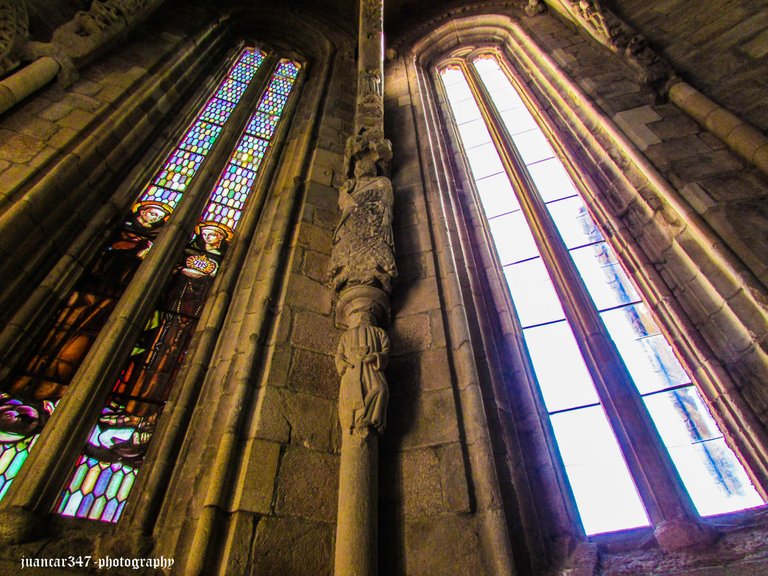
El de San Francisco, por otra parte, se levanta en el lugar donde los caballeros templarios tenían una pequeña iglesia, perteneciente a esta encomienda de Betanzos que permutaron en el año 1255 con el rey Alfonso X el Sabio, a cambio de otras posesiones en las tierras zamoranas de Alcañiz y Aliste. A pesar de que reutilizaron muchos de los materiales y esculturas de la vieja iglesia templaria y la desaparición de una curiosa capilla, la de la Quinta Angustia, que albergaba los elaborados sepulcros de la nobleza brigantina, tenemos, en este templo de San Francisco, uno de los más espectaculares ejemplos de la arquitectura franciscana en España y ese estilo, el Gótico, en el que, siempre según la visión de Goethe, los canteros medievales buscaban a Dios en las alturas.
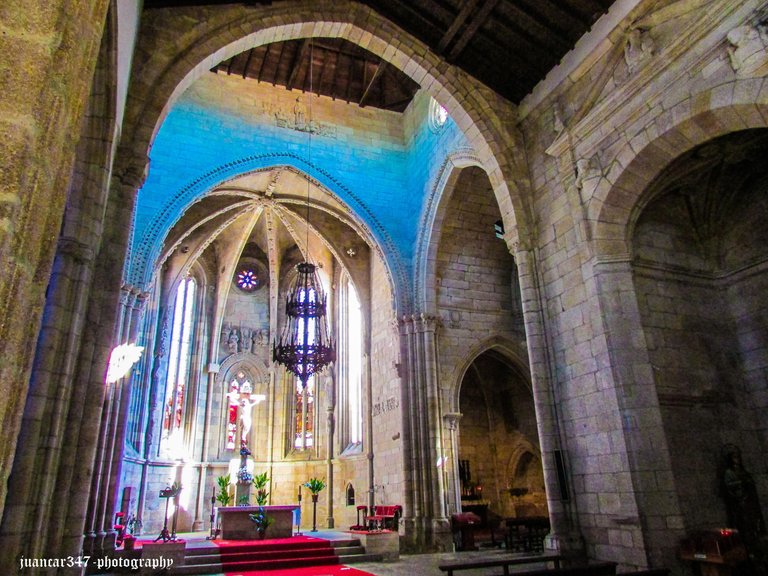
NOTICE: Both the text and the accompanying photographs are my exclusive intellectual property and are therefore subject to my Copyright.
AVISO: Tanto el texto, como las fotografías que lo acompañan, son de mi exclusiva propiedad intelectual y por lo tanto, están sujetos a mis Derechos de Autor.
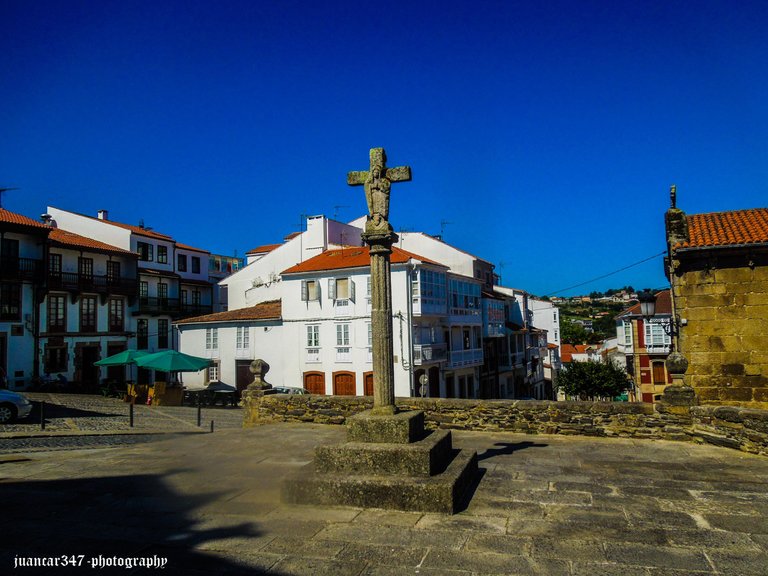
Thank-you
I so much love this beautiful view of this building
Thank-you
I was very impressed by taking pictures from under the wall and the long windows looked very eye-catching
The ogival, including, of course, the windows, are one of the great innovations of Gothic architecture.
The structure of the building is very fantastic
Nice job!
Thank-you
#hive #posh
Hi, friend